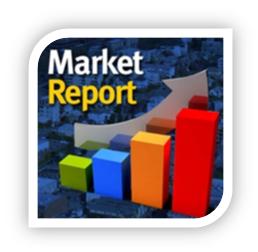
Tao-Hsin Tung
Cheng-Hsin General Hospital, Taiwan
Title: Prevalence and metabolic factors of hyperuricemia in an elderly agricultural and fishing population in Taiwan
Biography
Biography: Tao-Hsin Tung
Abstract
Purpose. To investigate the prevalence of and risk factors associated with hyperuricemia in the elderly agricultural and fishing population in Taipei, Taiwan. Methods. This study included 4,372 healthy elderly agricultural and fishing professionals (2,766 men and 1,606 women) voluntarily admitted to a teaching hospital in Taipei, Taiwan for physical exams in 2010. Their fasting blood samples were drawn through venipuncture, and they were administered a structured questionnaire by clinical nurses. Results. The overall prevalence of hyperuricemia was 30.4%, which increased significantly with increasing age (p < 0.001). The prevalence was similar in men (30.2%) and women (30.6%) (p = 0.78). Age, obesity, type 2 diabetes, hypercholesterolemia, hypertriglyceridemia as well as low HDL and high BUN, creatinine, and ALT levels were significantly associated with hyperuricemia. Hypercholesterolemia (odds ratio [OR] = 1.26, 95% confidence interval [CI]: 1.05–2.50) and high creatinine levels (OR = 3.75, 95% CI: 2.64–5.33) were significantly associated with hyperuricemia in men, whereas type 2 diabetes (OR = 1.54, 95% CI: 1.22–1.93) and high ALT levels (OR = 1.79, 95% CI: 1.31–2.43) were significantly associated with hyperuricemia in women. Hyperuricemia disparity among age groups was also revealed. Conclusion. Several sex-related differences in the prevalence of hyperuricemia were indicated in this specific elderly population.

